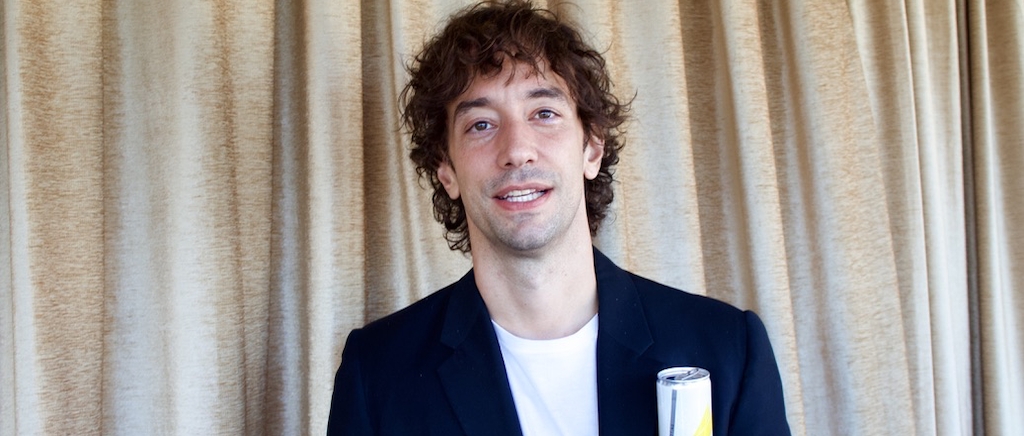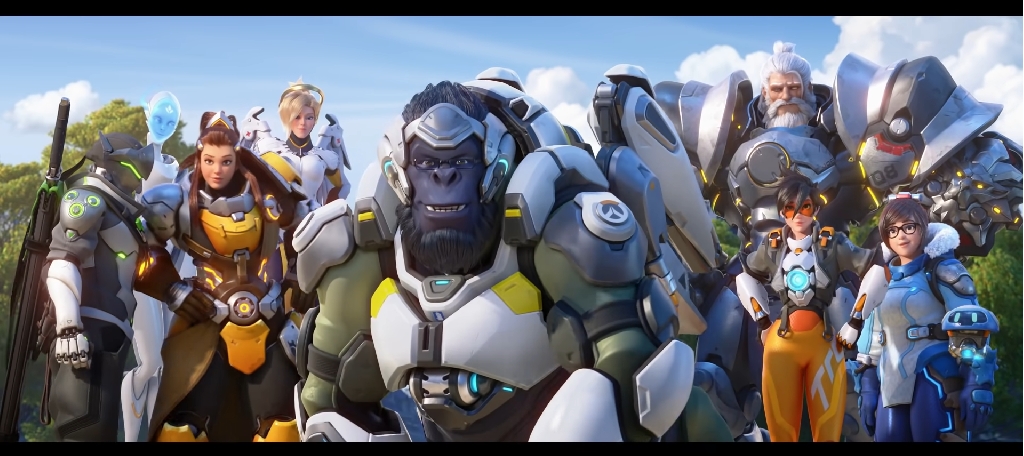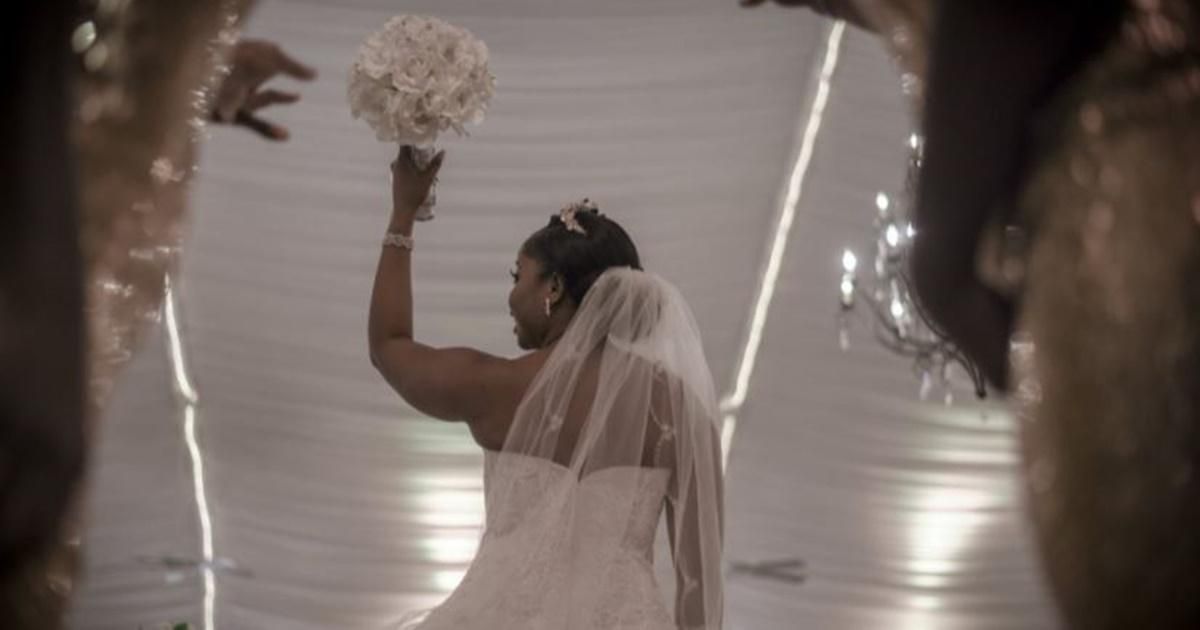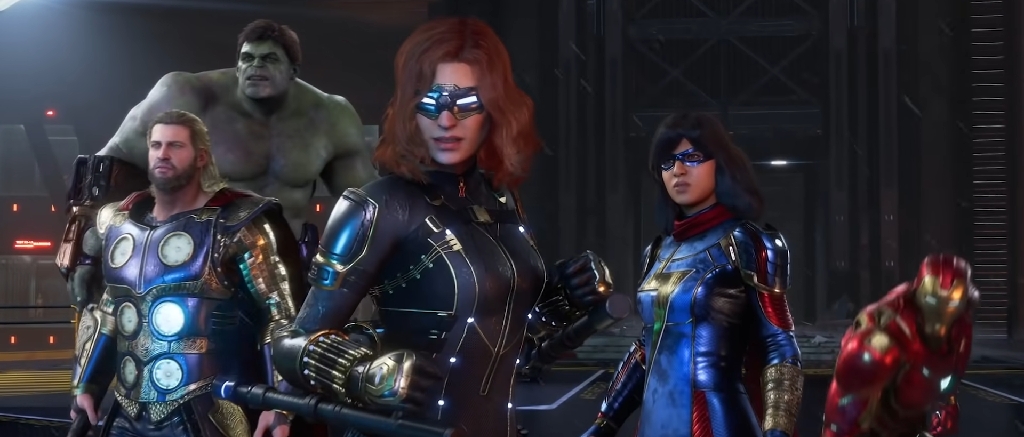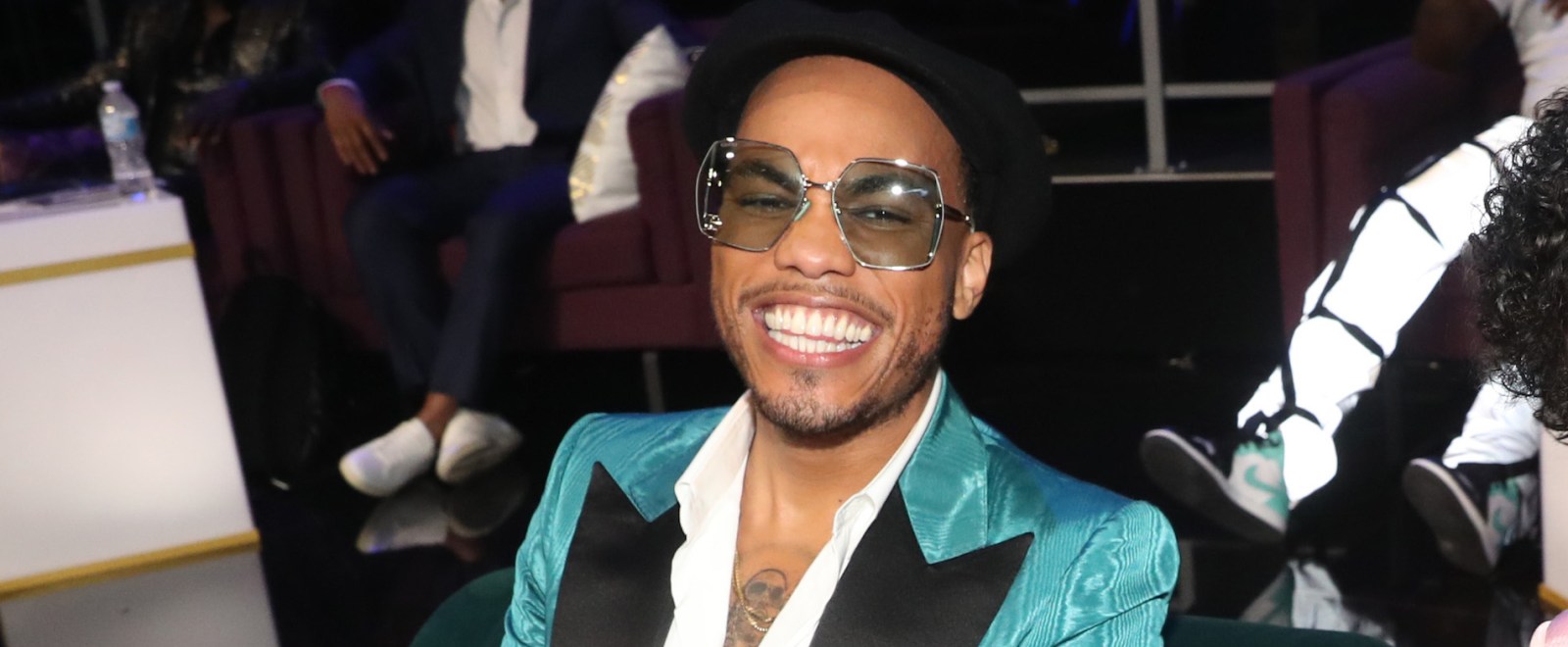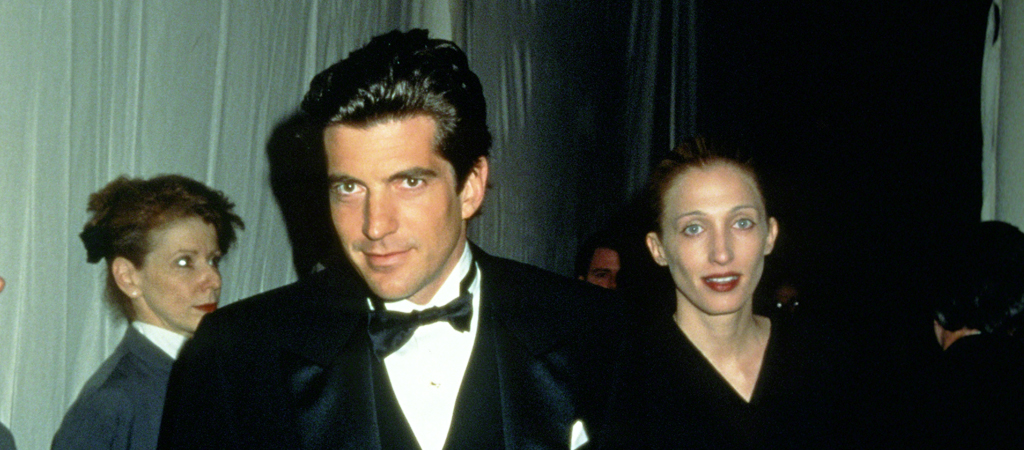Before launching his currently running Off-Season tour, J. Cole made a statement with his performance at the iHeartRadio Festival. It wasn’t a political statement, or even an announcement, though. It was a fashion statement. Rocking a tie-dye shirt, sweatpants, and black Crocs, Cole captured the attention of social media. While he’s far from the only rapper to endorse the Broomfield, Colorado shoe brand’s signature chunky, no-effort clogs, it was notable that he did so during such a high-profile performance. However, it shouldn’t be surprising; J. Cole has always secretly been one of rap’s most stylish artists.
I know what you’re thinking: “J. Cole? Stylish??” And I get it. If you’re online in any way, you’ve likely seen the Fayetteville, North Carolina rapper getting roasted for seemingly putting minimal effort into his performance fits — see the aforementioned Crocs instance. He’s never been one to shout out name brands or construct elaborate ensembles with glittering accessories dangling from his neck or wrists. He’s the ultra-regular rapper whose almost extreme relatability gets him clowned for not being flashy enough either in content or presentation.
Let’s get a few things clear, though. Fashion and style are two different things. As Cole’s mentor Jay-Z once said, “I can’t teach you my swag / You can pay for school but you can’t buy class.” Just donning a stack of expensive items bearing the brand marks of Italian designers doesn’t equate to having style; anyone can buy their way into fashion icon status with enough money. Having style means having a signature look, an ethos behind what you’re wearing besides showing off your bank account. It’s about showing people who you are. Plenty of rappers are arguably more fashionable than J. Cole but while designers’ names pop off of individual pieces, their ensembles often look like they got dressed in the dark with their stunner shades on.
Cole knows exactly what he’s going for with his looks, opting for comfort over name recognition. And yes, he too flaunts established rules about color matching and fit, he usually turns out to just be ahead of a coming trend rather than out of style. Consider his ultra laid-back looks of late. Some may consider them frumpy or lazy, but who among us didn’t give up on jeans during the pandemic in favor of layabout fits better suited to our new working from home lifestyles (I mean, those of you who didn’t already work from home)? Even his adoption of Crocs as performance wear reflects the foam clogs’ newfound popularity and cultural cachet. Industry peers like Justin Bieber, Nicki Minaj, and Post Malone have collaborated with the brand with pieces so highly demanded they’ve sold out within minutes of availability.
Maybe Cole hasn’t become a fashion icon because his simple, cozy fits reflect his down-to-earth persona a little too well. Just look at Kanye West, who’s gotten away with leather kilts, retro puffer vests, cultural appropriation (those keffiyehs didn’t bother anyone else?), and all types of other outlandish sartorial choices — including his own lazy-boy, dad-life-inspired Yeezy brand — almost solely because he presents himself as a fashion maven, going to designers’ shows and pitching fits (no pun intended) about his perceived lack of support from those in the industry.
Say what you want about Cole’s love for tie-dye and baggy joggers, at least his looks have a lot of personality. Yeezy seasons 2-6 were roundly ridiculed for being bland and lackadaisical, with Kanye seemingly re-pitching the same shapeless, earth-tone pieces year after year. Cole may not have his own brand, but his style has an identity; he isn’t just mashing together designer pieces for the sake of Frankenstein-ing the most expensive outfit for the sole purpose of flexing. You can even see how his — and Yeezy’s — respective influences have begun to spread. More and more celebrities like Bieber and Billie Eilish have already embraced the cozy lifestyle dressing for comfort over Vogue approval… And fans have naturally reciprocated. Being outside after the past year is anxiety-inducing enough; why not at least be warm (or well-ventilated), mobile, and free from worries about showing off the quarantine 15 many of us picked up after a year of UberEats (or Postmates, or DoorDash) and suspended gym memberships?
If you ask me, J. Cole always had the right idea. He’s always just dressed like himself, even as he strove to be a superstar rapper. If anything, that’s the most hip-hop thing he could’ve done. Remember when the Beastie Boys tried to dress like rappers, with their matching Adidas sweatsuits? Russell Simmons saw right through them; they looked ridiculous. Instead, he told them, they should be themselves — that would endear them far more to the culture than looking like outsiders trying to dress the part. It seemed like that would be the rule forever, but somewhere along the way, that rule got lost. Keeping it real wasn’t enough; you had to look like you were rich — which, to the newly wealthy artists of the platinum era, meant wearing all the money they were “making,” even if they were just wasting their advance money to look cool by someone else’s standard.
From the moment he arrived on the scene, J. Cole offered an antithesis to the money-hungry image often associated with major label rap acts. Sure, for a while, he got caught up in the hype himself (hello, “Mr. Nice Watch”), but in time, he grew into his status and embraced his own way of doing things. His style is a reflection of his music, which is a rejection of rap’s status quo — or maybe just a reclamation of its roots. Yes, the pioneers of the culture wanted to be fly, but they wanted to be fly their way, to show the world who they were without frills or having to code-switch to fit in. Cole doesn’t switch up for anyone else’s approval, which is really what hip-hop is all about. For that alone, he should be considered not just a style icon, but one of rap’s role models for redefining the rules and showing the world that style and substance don’t have to be opposites. Like Cole’s intricate rhymes and his mainstream success, they can counterintuitively go hand-in-hand.


